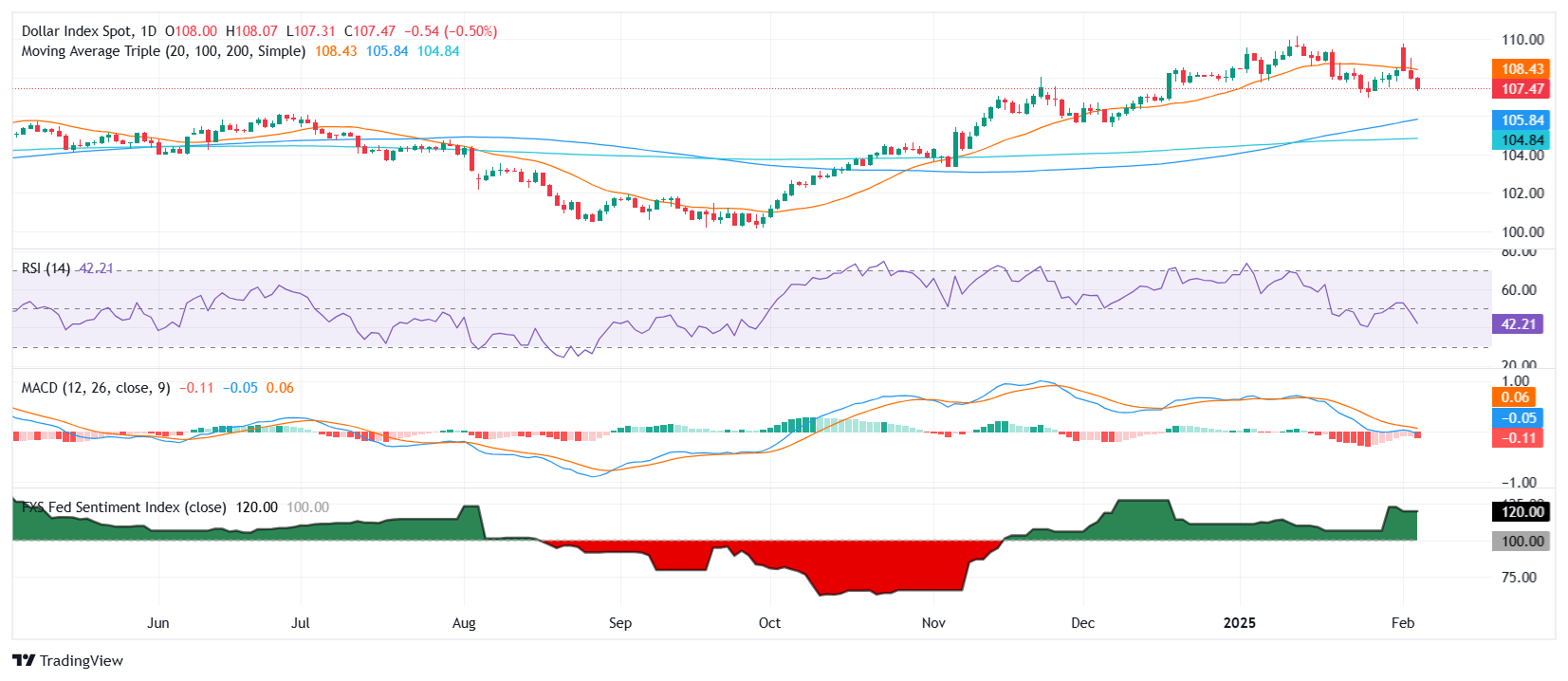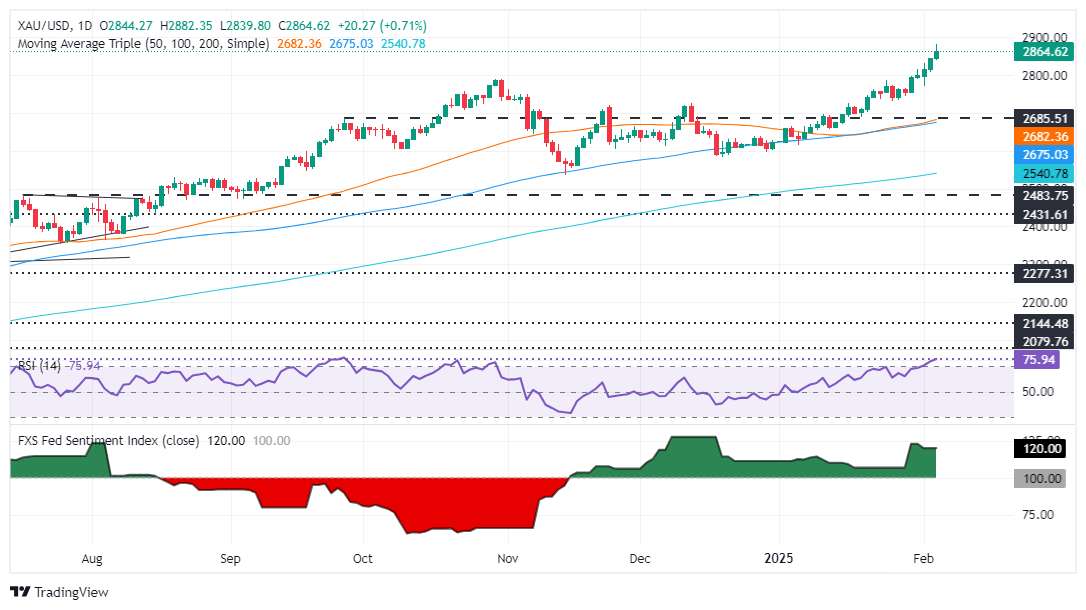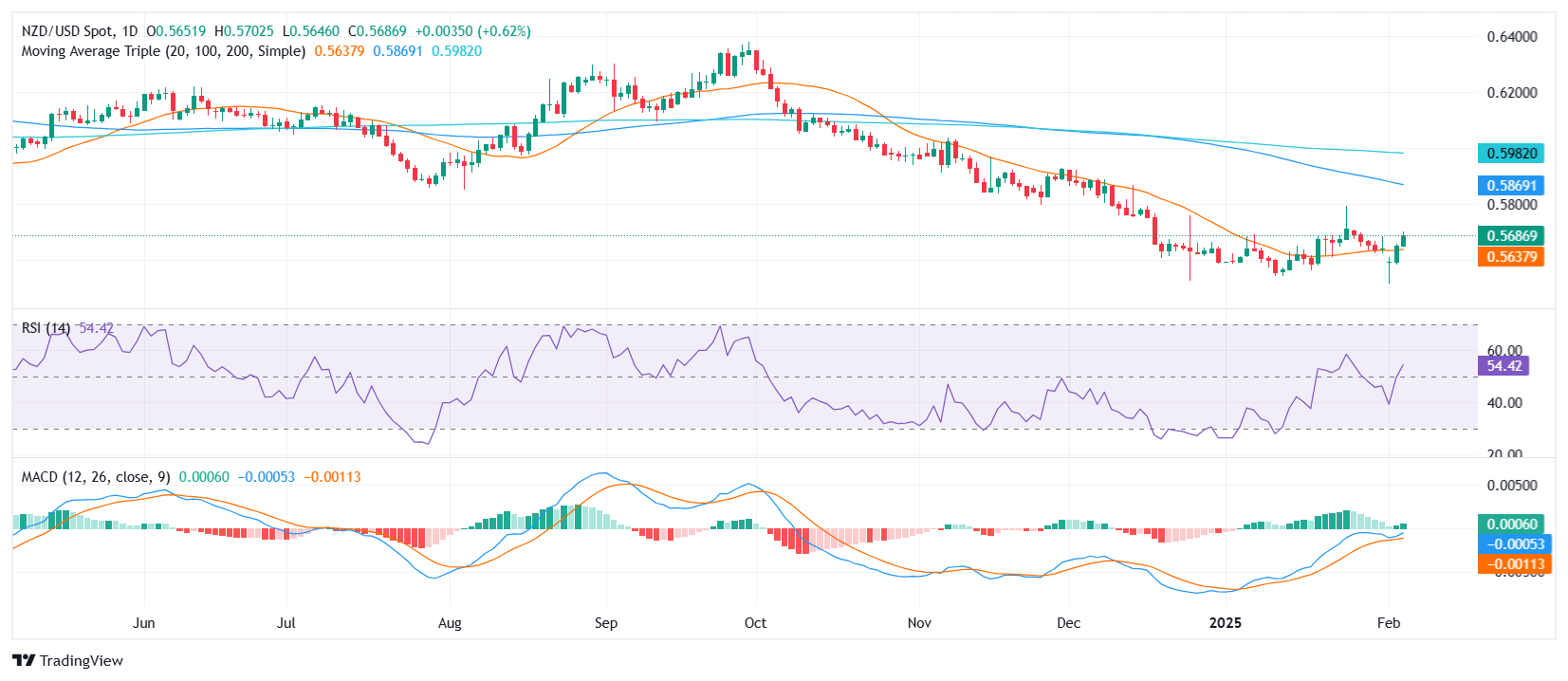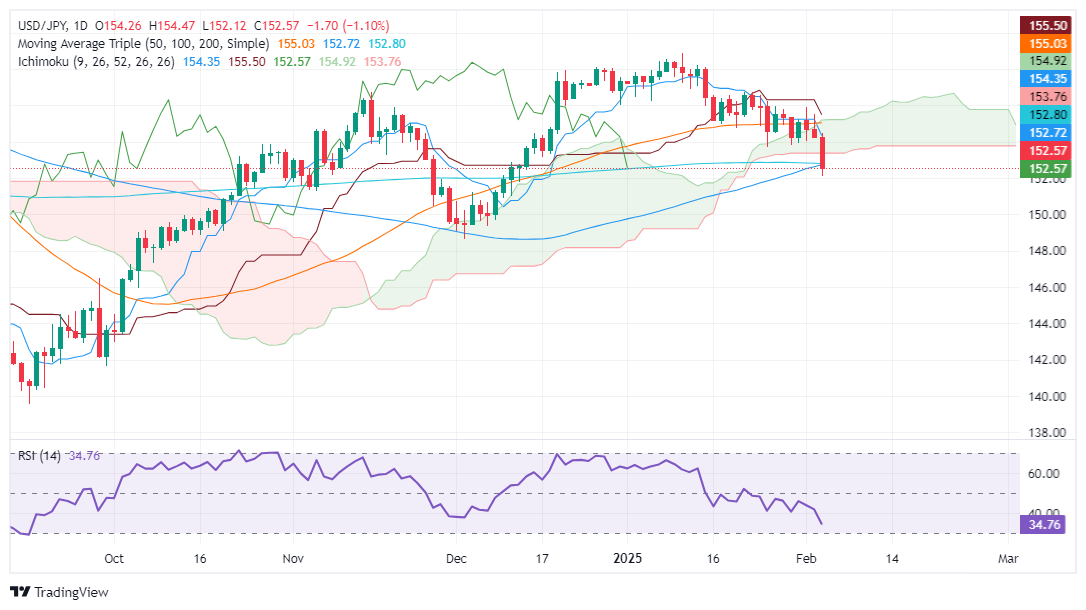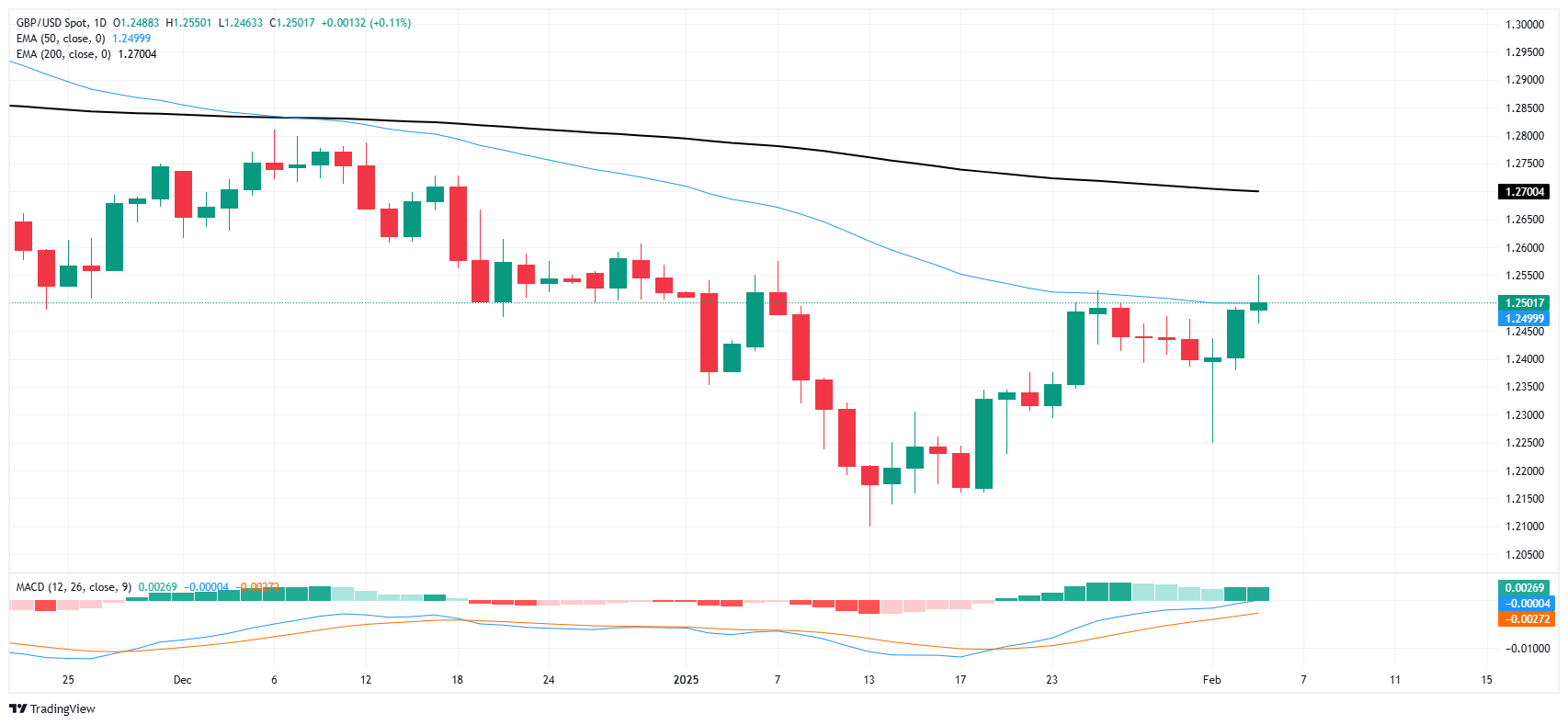US Dollar struggles as mixed data weighs on sentiment
- DXY remains under pressure, testing 107.35 support despite upbeat ADP and S&P Global PMI data.
- ISM Services PMI disappoints, signaling weaker than expected service sector growth and moderating price pressures.
- US 10-year yield rebounds, hovering around 4.40% after touching a yearly low.
The US Dollar Index (DXY), which measures the USD against a basket of currencies, struggled to recover losses on Wednesday and declined against most major peers. Despite stronger than expected ADP Employment and S&P Global PMI data, the ISM Services PMI fell short of forecasts, casting doubt on the strength of the US economy.
The Fed Sentiment Index, which previously sat at 130.00, has cooled off, signaling a less hawkish tone from policymakers. As a result, traders are reassessing the Federal Reserve’s (Fed) rate path, contributing to the DXY’s weak price action around 107.35 support.
Daily digest market movers: US Dollar struggles as mixed data weighs on sentiment
- ADP Employment Report showed that private sector employment jumped by 183,000 in January, exceeding the 150,000 forecast. Consumer-facing industries drove job creation, while manufacturing saw weaker gains.
- S&P Global PMI data revealed that the final readings for January saw minor upward revisions with the Services PMI at 52.9 (vs. 52.8 expected) and the Composite PMI at 52.7 (vs. 52.4 prior).
- ISM Services PMI: Disappointed at 52.8, missing the expected 54.3, while the Prices Paid index eased to 60.4 from 64.4, indicating softer inflationary pressures.
- All eyes are now on Friday Nonfarm Payrolls for January, which is seen printing a weak result that might add more weakness to the USD.
DXY technical outlook: Bears eye 107.00 support
The DXY’s momentum indicators reflect a shift toward bearish traction. The Fed Sentiment Index cooling off from 130.00 aligns with weaker ISM data, weighing on the USD.
The Relative Strength Index (RSI) has dropped below 50, while the index has fallen beneath the 20-day Simple Moving Average (SMA) at 108.50. If downside pressure persists, the next key level to watch is the psychological support at 107.00.
